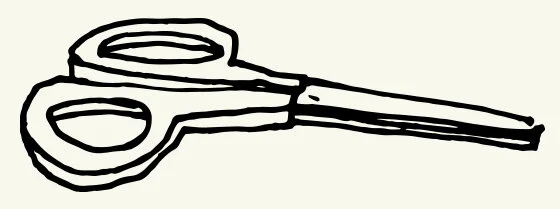LINOCUT PROCESS
Most of the images created by Camp Nevernice are carved from linoleum. Linoleum is a dense material that is harder than rubber, but softer than wood. This particular relief-printing process is called Linocut. With relief printing, only the raised areas get ink and produce the image and the recessed areas stay “white.” To create this topography, you use gauge tools. I prefer Speedball or Flexcut palm handled carving tools. Generally, these prints are reductive which means you use one block to create all or some of the layers.
With reduction printing, you start with the whole block for the first color (usually the lightest color and often the full background) and cut it down to the last color (the line work, or “key block”). This means that all the prints are limited to that specific edition. The block is destroyed as the image is created. If you need to print 100 posters, you have to print a little over 100 to make sure you have your intended quantity by the time you’ve finished printing. You print all 100 with the first color. Then carve away from the block what needs to stay that color, and then print the same 100 sheets again with the new carving and new ink (but from the same block). Continue this process until you get to the final line work for the image!
LETTERPRESS PRINTING PROCESS
Color 1
Color 2
Color 3
Having the right equipment is important! I use a Vandercook 4 proofing press, circa 1947. With proper care and a healthy amount of positive reinforcement, it gets the job done! To produce images, I transfer a drawing to the surface of wood or linoleum and carve out the negative space using gauge tools (as explained above). These blocks will print alongside type. The words are all hand-set one letter at a time using type that was routed out of wood about a’hundred years ago. Letterpress is simply letters (or blocks) pressed into paper with ink in between. The letters are made of wood or metal and are locked together on a flat press-bed so that when the cylinder rolls overtop applying pressure to both the paper and the type, they don’t shift! The ink is applied directly to a set of rollers that evenly distribute it across the surface of the blocks as the cylinder is rolled down the press bed. Every poster is printed one color at a time, one poster at a time.
Finished Products





